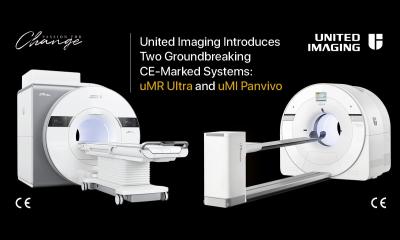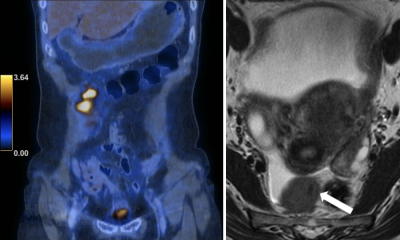Hybrid Imaging: today and tomorrow
Spurred on by the success of PET/CT and the collaboration of radiology and nuclear medicine, further techniques such as PET/MR or SPECT/CT have been developed, bringing imaging modalities and nuclear tracers and technologies closer. The time has now come to identify applications for hybrid modalities and train future users, as was explained today by a pannel of specialists led by Prof Thomas F. Hany from Zurich.
In oncology, PET/CT combined with FDG as a radioactive tracer has proved to be more accurate than either imaging modality alone. But has patient management benefited from this higher accuracy? Prof Gerald Antoch from University Clinic Essen, Germany, presented an overview of current indications and limitations of PET/CT in cardiology and oncology.
The value of PET lies in its use for investigating molecular processes by means of specific radio tracers. FDG is now the most frequently used tracer, but other positron emitter tracer are available and each one may be specific for different neo-plastic diseases. Some malignancies do not show an increase in glucose consumption, which is usually very high in most solid maglignancies, and are almost invisble with FDG. From Choline to 18F-Tyrosine and 11C-Methionine, numerous existing tracers are available and others are currently undergoing trials to assess their potential usefulness in oncology and other fields.
PET/CT allows the intrinsic combination of functional and anatomical imaging and the latest PET/MR enables simultaneous acquisition of this information. Though PET/MR is unlikely to replace PET/CT in clinical routine, it has aroused the interest of researchers and appears paritcularly appealing in neurology and some oncological applications. In ten years, experts predicts it will be used in clinical routine together with other hybrids.
07.03.2010











